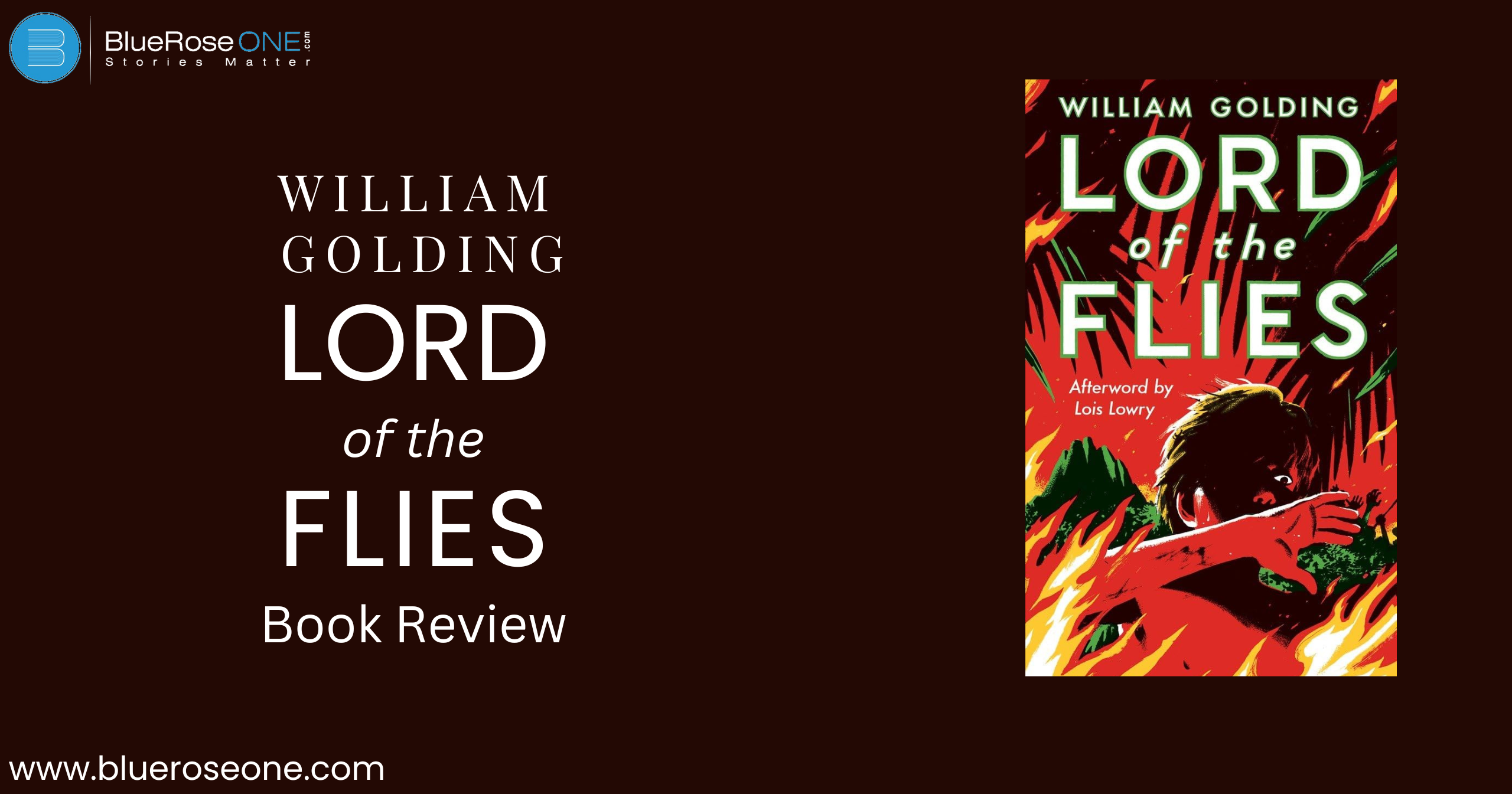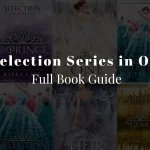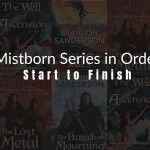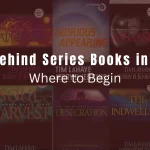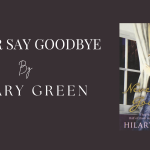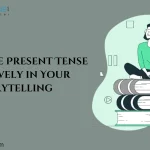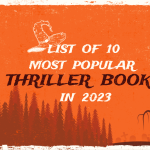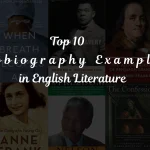Few novels have had a more significant impact on literature and culture than William Golding’s Lord of the Flies. This 1954 novel examines the complexities of human nature, morality, and society through the eyes of a group of shipwrecked youths on a barren island. What makes this book a must-read? Let’s do a thorough review.
Overview of Lord of the Flies
Author: William Golding
William Goldin, a British novelist, wrote Lord of the Flies as his first published work, which eventually earned him the Nobel Prize for Literature. His career as a teacher, as well as his experiences during World War II, had a significant influence on the novel’s themes.
Genre: Allegorical Fiction
The novel falls under allegorical fiction, adventure, and dystopian literature, blending elements of psychological and philosophical narratives.
Publication Date
Originally published in 1954, Lord of the Flies was not an immediate success but later gained critical acclaim and became a staple in English literature curricula worldwide.
You may also like: The Stormlight Archive Series Review: Is It Worth Reading?
Plot Summary
The plot revolves around a group of British schoolboys who were stuck on an uninhabited island when their plane crashes. Initially, they try to bring order by appointing Ralph as their leader. However, their fragile civilization gradually crumbles owing to fear, power disputes, and a spiral into savagery lead by Jack, another boy who creates a competing faction. The novel’s climax occurs when anarchy reigns supreme, resulting in disastrous repercussions.
Themes Explored in the Novel
1. Civilization vs. Savagery
One of Lord of the Flies’ key themes is the clash between civilization and savagery. Golding depicts how the lads, who were initially restrained by society rules, progressively revert to primordial impulses when separated from structured authority. Ralph represents order and democracy, whereas Jack represents chaos and savagery. As the island becomes uncontrolled, the story asks if civilization is a ruse to conceal humanity’s fundamental cruelty, or a frail construct readily demolished by fear and force.
2. Loss of Innocence
As the boys progressively turn into barbarians, one of the main themes in Lord of the Flies is the loss of innocence. At first, they adhere to social conventions, but their moral compass is undermined by their seclusion from society. Their total metamorphosis is symbolized by Simon’s untimely death, Ralph’s frantic flight from Jack’s clan, and the vicious execution of the pig. According to Golding, human nature can display its darkest tendencies when social restraints are removed, and innocence is brittle.
3. Fear and Its Consequences
Fear is an important factor in molding the boys’ conduct and slide into savagery in Lord of the Flies. The fear of the unknown, represented by the “beast,” causes paranoia, aggression, and the breakdown of order. As fear grows, rational thought fades, allowing superstition and aggressiveness to take over. This topic emphasizes how fear, if left unchecked, can drive people to irrationality and brutality, eventually destroying society and moral norms.
4. Power and Corruption
William Golding’s Lord of the Flies investigates how authority may lead to corruption if allowed uncontrolled. As the boys compete for power, Ralph initially maintains order, but Jack’s desire for control becomes ferocious. The tale shows how authority, when motivated by fear and passion, can deteriorate into tyranny. Golding contends that without societal limitations, humanity may inevitably descend to violence and oppression, emphasizing the fragility of civilization and morality.
You may also like: List of Top 10 Famous Ravinder Singh Books of All Time
Character Analysis
Ralph – The leader, represents democracy, order, and rationality. Despite his efforts to maintain peace, he struggles against the lure of savagery.
Jack – The antagonist, embodies primal instincts, tyranny, and power. His descent into savagery shows the darker side of human nature.
Piggy – The intellectual and rational thinker, symbolizes knowledge and civilization. His tragic fate emphasizes the downfall of reason in the face of chaos.
Simon – A Christ-like figure, symbolizes innate human goodness and wisdom. His brutal death signifies the rejection of truth by the masses.
Roger – Jack’s right-hand man, represents pure evil and cruelty without remorse.
Symbolism in Lord of the Flies
The Conch Shell – Represents law, order, and democratic power. Its destruction signifies the collapse of civilization.
The Beast – A metaphor for the darkness within humans, showing how fear can lead to irrational behavior and destruction.
Piggy’s Glasses – Symbolizes intellect, knowledge, and technological advancement.
The Lord of the Flies (Pig’s Head) – Represents chaos, savagery, and the primal instincts within humanity.
You may also read: List of Top 10 Famous Durjoy Dutta Books of All Time
LORD OF THE FLIES
Lord of the Flies is a dramatic investigation of civilization, morality, and humanity’s inherent dark side.
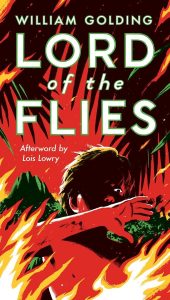
Writing Style and Narrative Technique
Golding’s writing style is full of imagery and symbolism, making the work both captivating and thought-provoking. He uses third-person omniscient narration to reveal each character’s inner difficulties.
Impact and Legacy
Since its release, Lord of the Flies has been widely studied in schools and universities, with parallels to real-world conflicts and human behavior. Its topics are still pertinent today, making it a timeless literary classic.
Criticism and Controversy
While widely praised, Lord of the Flies has received criticism for its dark themes, violent nature, and perceived lack of diversity. Some think that its representation of human nature is overly negative.
You may also like: Top Online Poetry Magazines for Emerging Poets
Who Should Read This Book?
- Students studying literature
- Fans of allegorical and psychological fiction
- Readers interested in human nature and moral dilemmas
Conclusion
Lord of the Flies is a dramatic investigation of civilization, morality, and humanity’s inherent dark side. Whether you’re reading it for the first time or returning to it, the novel continues to elicit thought and discussion, making it a must-read classic.

